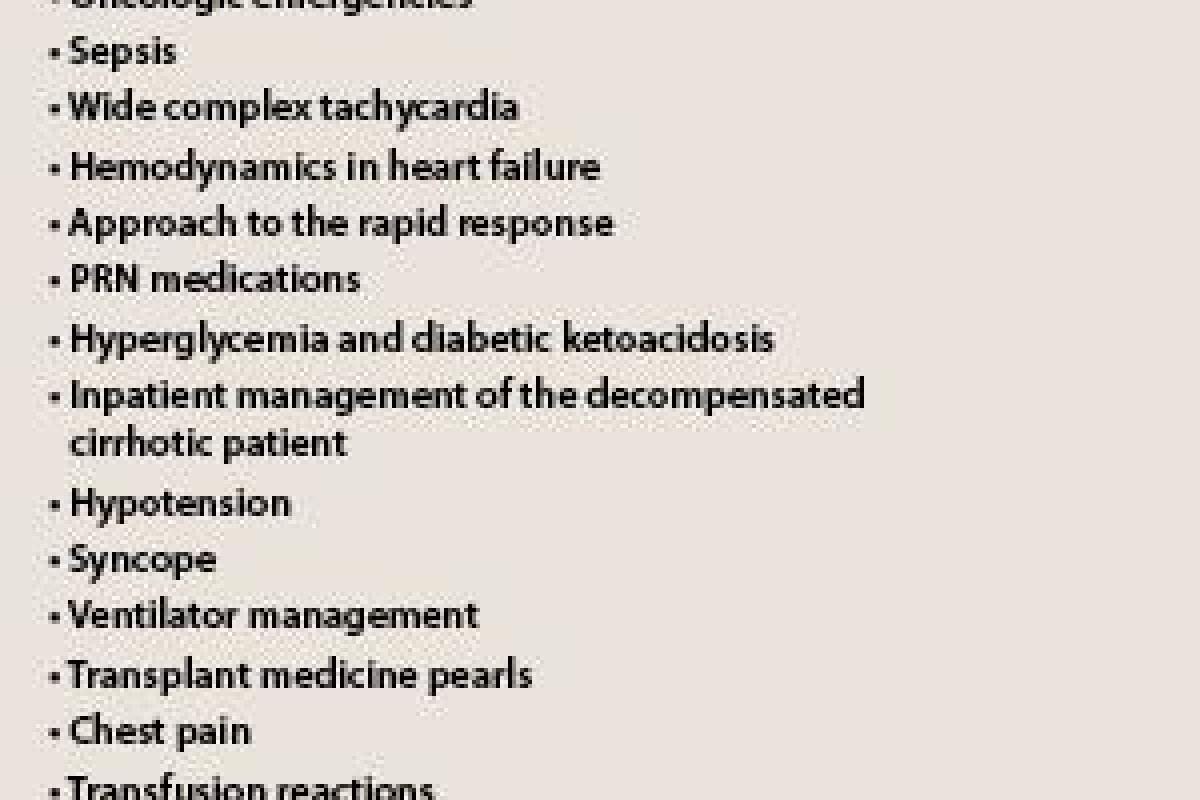Duty hour restrictions have sparked significant changes in residency training, prompting programs to increase nontraditional staffing methods through night float rotations. But studies show that many residents question the educational benefits of night float training. That’s why a group of residents took their training into their own hands by developing a resident-led night float curriculum to bolster their most-needed clinical skills and improve patient care. Check out this innovative peer-driven solution that may be coming to a program near you.
Why residents are exploring new ways to learn at night
In many ways, night floats offer a prime opportunity for experiential learning. “At night, residents have fewer administrative tasks, affording additional time for formal education,” according to residents who authored a study of the curriculum in the Journal of Graduate Medical Education. But challenges inherent to night floats—such as resident fatigue, scarce faculty interaction and cross-coverage responsibilities—lead to decreased alertness and a muddled idea of whether night floats successfully contribute to residents’ clinical development.
In an effort to enhance learning during night float rotations, upper-level internal medicine residents at the Hospital of the University of Pennsylvania, a 695-bed tertiary care academic medical center in Philadelphia, developed a night float curriculum based on 24 peer-reviewed case-based scripts. They designed it to explore “differential diagnoses, diagnostic pitfalls and management of clinical problems that interns frequently encounter on night float rotations,” according to the article.
“The curriculum was designed to address commonly encountered overnight topics as indicated by [a] prior resident survey,” authors of the article said.
How they launched the curriculum
For nearly five months, upper-level residents taught 15-25 minute teaching sessions for four nights a week to other residents. Each session was led by a resident instructor who chose cases for instruction at his or her discretion, although learners also were encouraged to provide feedback on the teaching and note curricular redundancies.
During their nightly sessions, residents delved into a number of topics (see right) within the curriculum’s cased-based scripts, including approaches to gastrointestinal bleeding, altered mental status, sepsis and chest pain, according to the article.
Improved learning at night, new opportunities to explore
After each two-week rotation, resident instructors requested night float residents to provide feedback on the frequency and quality of teaching via an anonymous, free-response survey. Of 83 eligible residents, 45 responded to the survey.
An analysis of the survey data revealed that participants found the curriculum helpful, describing the teaching sessions by their upper-level residents using terms such as “high yield,” “topical” and “bite-sized,” according to the study.
While the study authors acknowledge its limitations based on sample size and the curriculum being confined to a single specialty program, feedback from participants still demonstrated that a nighttime curriculum “is feasible and sustainable and explores topics of high relevance to interns,” according to the study.
“Given the lack of an on-site faculty presence at night, we designed a curriculum that harnessed the enthusiasm for teaching among residents by scripting structured presentations that promote stepwise progression through common clinical scenarios,” authors of the study said, noting that they plan to maintain the nocturnal curriculum as an official part of the residency program.
“Our approach, using scripted cases taught by upper-level residents, capitalizes on the teaching opportunities the night shift affords and recasts the perception of the rotations in light of their educational opportunities,” they said.
Tell us: Do you think implementing a similar nocturnal curriculum would benefit your residency program? And if so, how? Share your thoughts on the AMA’s Residents and Fellows Facebook page or in the comments below.
For more innovative residency program solutions
- Explore this new method one residency program devised to get rid of miserable schedules.
- Learn about this residency program intervention that improved documentation timeliness and decreased stress.
- Check out Stanford University School of Medicine’s successful wellness program and learn why taking time for fun (and the occasional sailing lesson) can improve resiliency in training.




